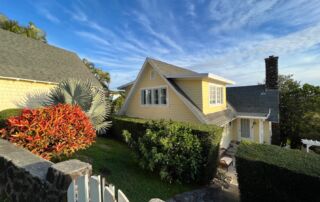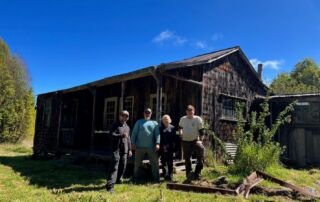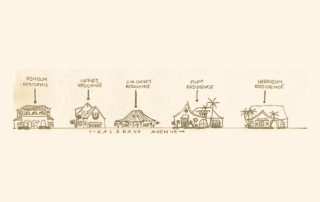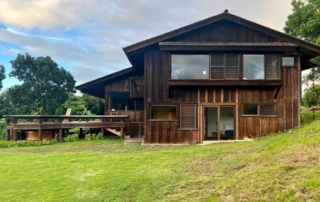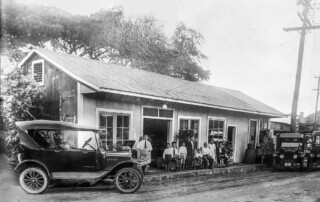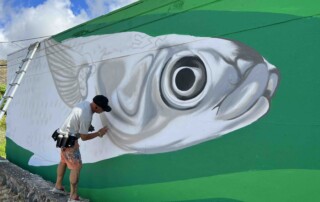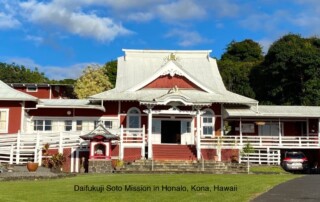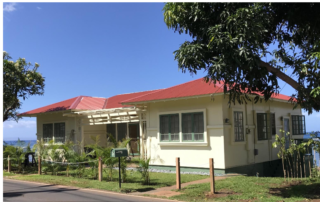Ten Properties Added to the Hawai‘i Register of Historic Places
The Hawai‘i Historic Places Review Board added ten properties to the Hawai‘i Register of Historic Places in November 2023 and February 2024. Learn more about their history, characteristics and significance. Properties are eligible for inclusion in the register if they meet one or more criteria of historic significance: A) association with broad patterns or events; B) associations with historic individuals; C) architecture and design; or D) likely to yield important information. Halona Point/Bamboo Ridge Ojizo Stone Monument, O‘ahu The Ojizo (guardian) Monument stands at the Bamboo Ridge overlook at Halona Point (Koko Head). It is among the significant Honolulu stone monuments carved by sculptor and engraver Sentaro Otsubo, whose primary business was carving gravestones. This is the third Ojizo at this location; vandals destroyed the first two free standing statues placed there to protect fisherman who frequent this popular and challenging ulua fishing spot. The Monument, carved and installed in 1935, is made of lava rock and uses the engraved carving method in which inscriptions are incised and material removed leaving recesses that allow light and shadows to describe the bas relief and calligraphy. The Ojizo Monument is significant under Criterion C as an excellent example of twentieth century stone carving. It is also significant under Criterion A for its contribution to the theme of the creation of permanent stone monuments around southern O‘ahu to honor Issei and Nisei Japanese American ancestors. period. View the nomination. John J. Andrade, Sr. Property, Hawai‘i The John J. Andrade property is comprised of one and two-story buildings that have been renovated, expanded and altered over time prior to 1973. The complex consists of three sections: a long and rectangular two-story structure; a small, [...]


